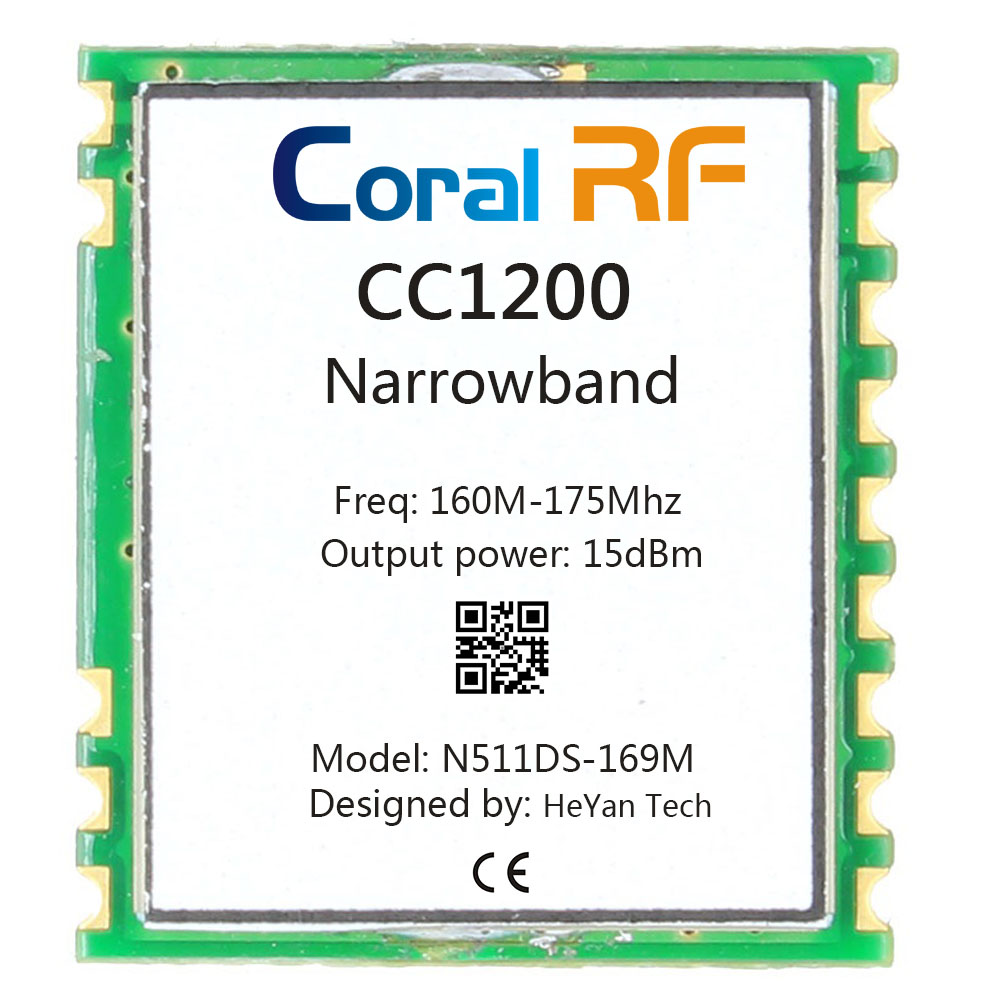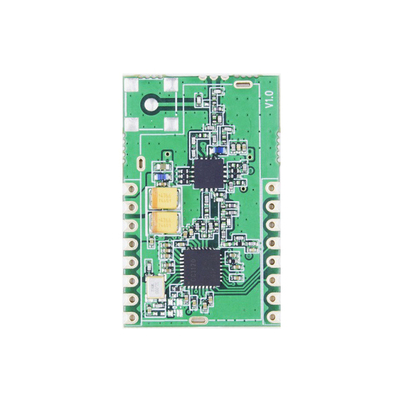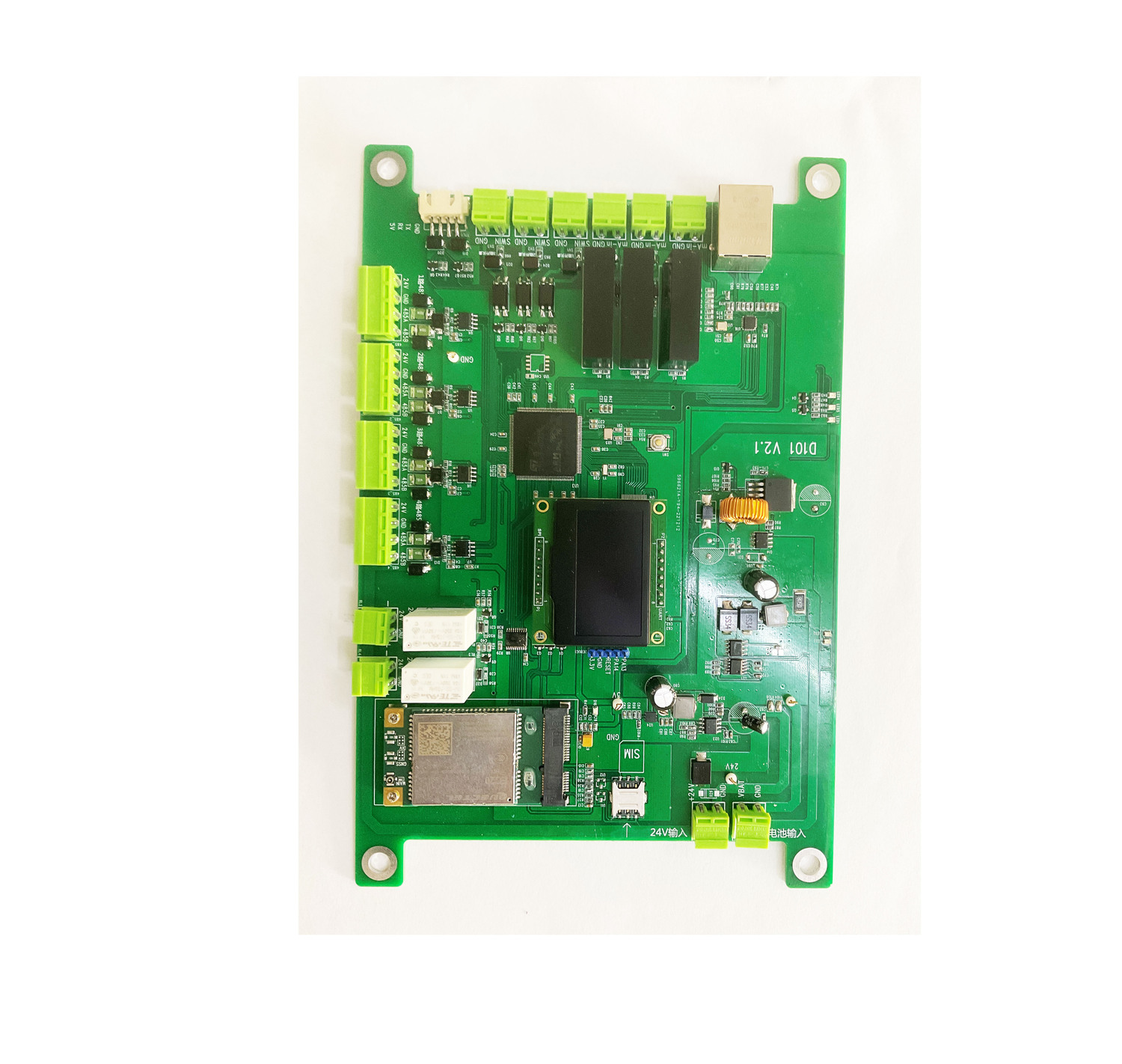1. List of questions and alliance answers for operators to deploy NB-IoTDoing these simple things can also make RF Module Sowing high-quality genes will eventually grow into towering trees and become the leader in the industry. https://www.hkulike.com/
How is the network architecture of NB-IoT composed?
Building vertical industry application of Internet of Things based on NB-IoT technology will tend to be simpler and the division of labor will be clearer.
How do domestic and foreign operators divide the frequency bands of NB-IoT?
Most operators in the world use the 900MHz frequency band to deploy NB-IoT, and some operators deploy it in the 800MHz frequency band. China Unicom’s NB-IoT is deployed in 900MHz and 1800MHz frequency bands, and only 900MHz can be tested at present. In order to build the NB-IoT Internet of Things, China Mobile will obtain the FDD license and allow the existing 900MHz and 1800MHz frequency bands to be re-cultivated. China Telecom’s NB-IoT is deployed in the 800MHz band, with a frequency of only 5MHz.
NB-IoT network deployment schedule?
In 2016, China Unicom launched NB-IoT field-scale networking tests based on 900MHz and 1800MHz in seven cities (Beijing, Shanghai, Guangzhou, Shenzhen, Fuzhou, Changsha and Yinchuan), as well as more than six business application demonstrations. In 2018, the commercial deployment of NB-IoT will be fully promoted nationwide. China Mobile plans to start the commercialization of NB-IoT in 2017. China Telecom plans to deploy NB-IoT network in the first half of 2017. Huawei and six operators (China Unicom, China Mobile, Vodafone, Emirates Telecom, Telefonica and Italia Telecom) set up six NB-IoT open laboratories around the world, focusing on NB-IoT business innovation, industry development, interoperability testing and product compatibility verification. ZTE and China Mobile completed the technical verification demonstration of NB-IoT protocol in the laboratory of China Mobile’s 5G Joint Innovation Center.
Can non-operators deploy NB-IoT networks?
The answer is no.
Does NB-IoT need real-name registration system?
All needs, tracked to the responsible subject.
Does NB-IoT all adopt eSIM?
The product features of NB-IoT are that it can work without installation and configuration, and it can be directly connected to the network by booting, and it supports functions such as automatic equipment registration and air upgrade. SIM card and eSIM will coexist for a long time, and operators refuse the soft SIM mode.
What is the operator’s plan to quit the 2G/3G network?
China Unicom may gradually close its 2G network in 2018, and in some places it may close its 3G network. Japan’s mobile operators have all shut down 2G networks, and AT&T in the United States, Telstra and Optus in Australia have announced plans to shut down 2G networks. Telenor plans to close its 3G network in Norway in 2020, followed by its 2G network in 2025. Some operators consider that there are more than 100 million GPRS IOT terminals and low-end GSM mobile phones for a long time, and the cost of GSM is lower than that of LTE for a long time because of its low complexity and no patent fees. Therefore, most operators will maintain the GSM frequency band to continue their operations for a long time.
Do operators support NB-IoT roaming?
The answer is no.
How can operators ensure the stability of NB-IoT network?
NB-IoT is directly deployed in GSM, UMTS or LTE networks, which can be reused with existing network base stations to reduce deployment costs and achieve smooth upgrade. However, the use of a separate 180KHz frequency band does not occupy the voice and data bandwidth of existing networks, ensuring that traditional services and future Internet of Things services can be carried out stably and reliably at the same time.
The control and bearer of NB-IoT are separated, with signaling on the control plane and data on the bearer plane. If it is a low-rate service, it goes directly to the control plane, and no dedicated bearer is established, which omits the signaling process of establishing a link between NAS and the core network and shortens the wake-up recovery delay. NB-IoT is an operational telecommunications network. This is the key to distinguish NB-IoT from GPRS, LoRa, SigFox and other technologies.
How can operators make use of NB-IoT network to make profits?
Operators’ existing areas such as QoS service quality assurance, network security, telecom-level billing and big data services continue to maintain their industry advantages. NB-IoT network allows operators to strengthen their business service capabilities in the field of Internet of Things, including cloud service provision, mass customer management, real-name authentication of Internet of Things, system general contracting integration, and high-end customized services for large customers.
Price issues related to NB-IoT?
Operator’s charges: one is based on flow and the other is based on message, and the trend will be lower than the price of GPRS cost chip: lower than the price of 2G main chip, with a reasonable expected price of $1. Module price: lower than the price of GPRS module, with a reasonable expected price of $2. Terminal price: pricing maintenance cost according to actual function: far lower than the existing network maintenance cost subsidy policy: operators will provide larger operating subsidies in the early stage.
2. List of questions and answers about NB-IoT technology.
Will NB-IoT standard support TDD LTE?
At present, FDD LTE system supports NB-IoT technology, while TDD LTE system does not support NB-IoT technology. The physical layer design of NB-IoT mostly follows LTE system technology, such as SC-FDMA for uplink and OFDM for downlink. The design of high-level protocol follows LTE protocol, and its function is enhanced according to its small data packet, low power consumption and large connection characteristics. The core network is connected based on S1 interface, which supports independent deployment and upgrade deployment.
Does NB-IoT support base station positioning?
R13 does not support base station location, but the operator network can do private solutions, such as location based on cell ID, which will not affect the terminal, and only need the network to increase the location server and contact with the base station. R14 plans to enhance positioning, supporting E-CID, UTDOA or OTDOA, and the operator’s desired positioning accuracy target is within 50 meters.
Considering the terminal complexity, UTDOA is better, because it has little influence on the terminal, and in the case of enhanced coverage (basement 164dB), UTDOA (uplink) power consumption is lower; If coverage enhancement is not needed in most scenarios, OTDOA (downlink) will be better from the perspective of network capacity.
What are the deployment methods of NB-IoT?
NB-IoT supports three different deployment modes, namely independent deployment, guard band deployment and in-band deployment. Independent deployment: A separate frequency band can be used, which is suitable for re-cultivation in GSM frequency band. Guard band deployment: The marginal useless frequency band in LTE system can be utilized. In-band deployment: Any resource block in the middle of LTE carrier can be utilized.
What modulation and demodulation technology does NB-IoT use?
OFDMA is used for downlink, and the subcarrier spacing is 15kHz. The uplink adopts SC-FDMA, single-tone: 3.75kHz/15kHz, and multi-tone: 15kHz. Only need to support half duplex, with a separate synchronization signal. The terminal supports the indication of Single-tone and Multi-tone capabilities. The MAC/RLC/PDCP/RRC layer processing is based on the existing LTE processes and protocols, and the physical layer is optimized.
What are the number of connected users and active users of NB-IoT base station?
NB-IoT has 50-100 times the uplink capacity improvement compared with 2G/3G/4G, and NB-IoT can provide 50-100 times the access number compared with the existing wireless technology under the same base station. Under the frequency of 200KHz, according to the simulation test data, a single base station cell can support 50,000 NB-IoT terminals to access.
What is the coverage of NB-IoT base station?
NB-IoT has a gain of 20dB higher than that of LTE and GPRS base stations, and it is expected to cover underground garages, basements, underground pipelines and other places where signals are difficult to reach. According to the simulation test data, in the independent deployment mode, the coverage capacity of NB-IoT can reach 164dB, and the in-band deployment and guard band deployment need to be simulated and tested.
What is the uplink and downlink transmission rate of NB-IoT?
NB-IoT RF bandwidth is 200kHz. Downlink rate: greater than 160kbps and less than 250kbps. Uplink rate: greater than 160kbps and less than 250 kbps (multi-tone)/200 kbps (single-tone).
Does NB-IoT support retransmission mechanism?
NB-IoT adopts retransmission (up to 200 times) and low-order modulation to enhance coverage.
Does NB-IoT support voice?
NB-IoT supports Push to Talk without coverage enhancement. In the scenario of enhanced coverage of 20dB, only similar voicemails can be supported. NB-IoT does not support VoLTE, which requires too high delay, and the high-level protocol stack needs QoS guarantee, which will increase the cost.
Why does the chip of NB-IoT consume low power?
The energy consumed by a device is related to the amount or rate of data, and the size of data packets sent per unit time determines the size of power consumption. NB-IoT introduces eDRX power saving technology and PSM power saving mode, which further reduces power consumption and prolongs battery life. NB-IoT can keep devices online all the time, but it can save power by reducing unnecessary signaling and not accepting paging information when in PSM state.
In PSM mode, the terminal is still registered in the network, but the signaling is unreachable, which makes the terminal stay in deep sleep for a longer time to save electricity. EDRX power saving technology further prolongs the sleep period of the terminal in idle mode, reduces unnecessary startup of the receiving unit, and greatly improves the downlink accessibility compared with PSM.
Does NB-IoT sleep wake-up mode affect battery life?
At present, the working time given by NB-IoT is based on simulation data, without considering the battery itself and environmental factors, such as self-discharge and aging of the battery, high and low temperature environmental impact, etc. In actual use, it is necessary to comprehensively evaluate the power supply time of the battery according to the actual situation. NB-IoT adopts the power-saving scheme of sleep wake-up. When the battery is awakened during sleep, it will receive instantaneous strong current, which will greatly affect the battery life. The application of meter reading usually adopts lithium thionyl chloride (Li/SOCl2) battery and super capacitor. Consumer electronics and others should be powered by li-polymer.
Why are NB-IoT chips cheap?
Low speed, low power consumption and low bandwidth bring low cost advantages. Low speed: it means that no large cache is needed, so the cache can be small and the DSP configuration is low; Low power consumption: it means that RF design requirements are low, and small PA can be realized; Low bandwidth: It means that there is no need for complicated equalization algorithm … These factors make the NB-IoT chip small, so the cost will be reduced.
Taking a certain chip as an example, NB-IoT chip integrates BB, AP, Flash and battery management, and reserves the function of sensor set. The AP includes three ARM-M0 cores, and each M0 core is responsible for the application, security and communication functions respectively, which facilitates the function management and reduces the cost and power consumption.
What is the range of NB-IoT to the device movement rate?
NB-IoT is suitable for application scenarios with weak mobility support (such as intelligent meter reading, intelligent parking, etc.), while simplifying the complexity of the terminal and reducing the power consumption of the terminal. NB-IoT does not support mobility management in connected state, including related measurement, measurement report, handover, etc.
What is the network delay of NB-IoT?
NB-IoT allows a delay of about 10s, but it can support a lower delay, such as about 6s, in the environment of maximum coupling loss.
3. Deployment of NB-IoT technology in various vertical application fields of the Internet of Things.
What is the deployment cost of NB-IoT vertical application?
The deployment cost of NB-IoT vertical application field includes hardware cost, network cost, installation cost and service cost. If we want to realize the scale of application field, we must reduce the deployment cost.
What is the focus of NB-IoT in vertical application field?
NB-IoT technology can meet the requirements of low-rate services with low power consumption, long standby, deep coverage and large capacity, and is more suitable for static services, low sensitivity to time delay, discontinuous movement and real-time data transmission. 1. Autonomous anomaly reporting business types: such as smoke alarm detectors, abnormal equipment operation, etc. The uplink data volume is extremely small (on the order of ten bytes), and the cycle is mostly in years and months. 2. Business types of autonomous periodic reporting: such as remote meter reading of public utilities and environmental monitoring, etc. The uplink data volume is small (on the order of 100 bytes), and the cycle is mostly in days and hours. 3. Service type of remote control instruction:
For example, if the equipment is turned on/off remotely, and the equipment triggers to send an uplink report, the downlink data amount is very small (on the order of ten bytes), and the cycle is mostly in days and hours. 4. Software remote update service type: such as software patch/update, and the uplink and downlink need a large amount of data (kilobyte level), and the cycle is mostly in days and hours.




